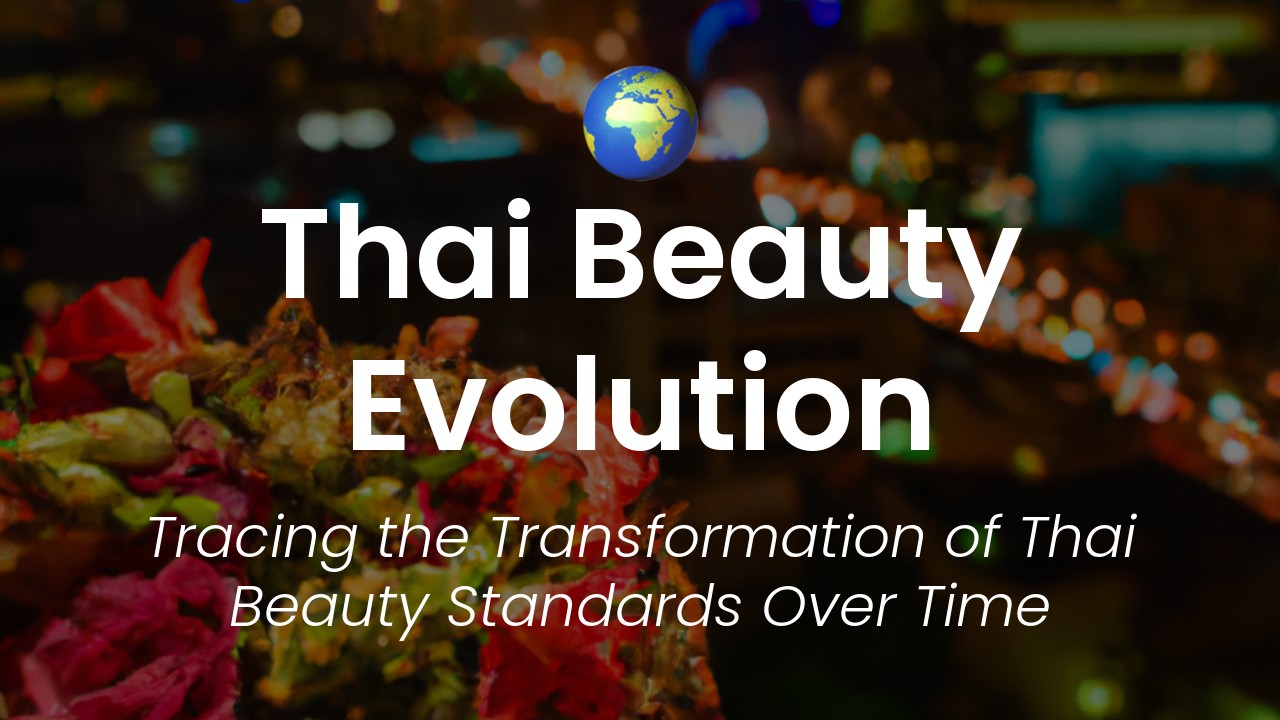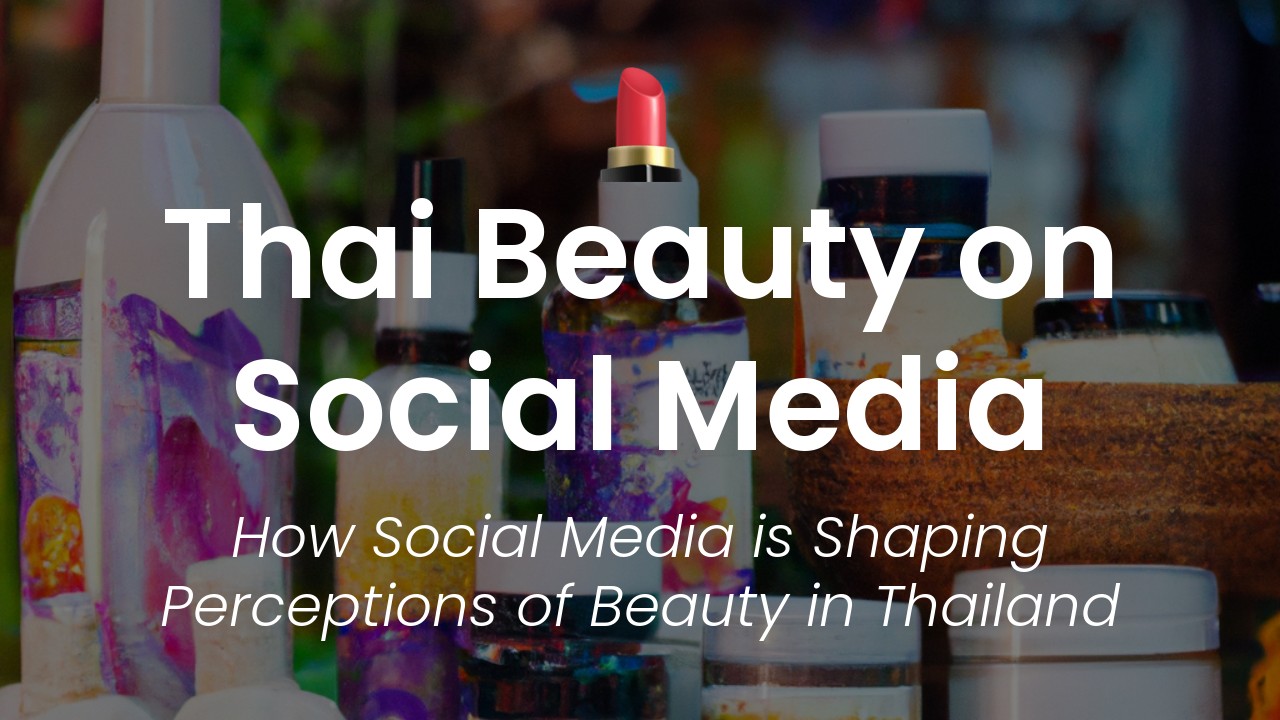As a young woman from Thailand, I have always been intrigued by the endless ways that beauty can be defined and achieved. One aspect of Thai culture that has always fascinated me has been the different methods of body modifications that are practiced in various regions of the country and the role that they play in enhancing one's beauty.
In my latest blog post, I will be diving deep into the world of Thai beauty and body modifications, exploring the origins and meanings of the most popular practices. I'll be sharing stories of people who have undergone cosmetic procedures ranging from the simple but effective use of natural ingredients for skin care to the more elaborate and controversial procedures of cosmetic surgery.
We'll take a closer look at the cultural significance of these practices, how they have evolved over time and the role that they play in society today. Whether it be the tattoos of the Sak Yant tradition, the stretching of the earlobes or the permanent scarring of the face, I promise to give you an – albeit surprising and eyebrow-raising – insight that will leave you with a newfound appreciation and understanding of Thai beauty culture.
History of Beauty in Thailand
Beauty and body modifications have played a significant role in Thai culture for centuries. The concept of beauty in Thailand is deeply linked with the idea of proportion, elegance, and mystical beliefs. During the reign of King Rama V, the concept of beauty started to evolve with Western influences. Several practices such as hair styling, makeup, and teeth blackening became popular during this time.
One of the most fascinating features of Thai beauty is the concept of 'porcelain’’ skin. Light skin has been a symbol of Thai beauty and has been associated with royalty and high social status. People have been known to use several natural ingredients such as tamarind, turmeric, honey, and banana to make face masks and scrubs to enhance their complexion.
Traditional Thai Beauty Practices
Thai culture has a rich heritage of beauty rituals that have passed down through generations. Some of the common traditional beauty practices include:
1. Luk Pra Kob
The luk Pra Kob is a traditional Thai massage that uses a hot compress made from a combination of herbs and spices such as lemongrass, turmeric, and kaffir lime. The massage is designed to relax the muscles, stimulate blood circulation, and improve the skin’s overall appearance.
2. Nam Man Prai
Nam Man Prai is an ancient Thai beauty ritual that involves the use of oil extracted from a fetus to enhance one's beauty. The oil is believed to have mystical powers that help to bring good luck, ward off evil spirits and improve the skin’s texture.
3. Khemmikka
Khemmikka is a traditional Thai hair treatment that involves the use of natural ingredients such as honey, coconut milk, and aloe vera to give the hair a soft, shiny, and healthy look.
4. Lep Krut
The Lep Krut is a traditional Thai face mask that uses a combination of coconut oil, turmeric, and kaffir lime juice to give the skin a radiant glow.
Popular Body Modifications in Thailand
Besides beauty practices, Thai culture also has a long history of body modifications. Some of the most popular modifications include:
1. Sak Yant Tattoos
The Sak Yant is a traditional Thai tattoo that has a spiritual significance. It involves the use of a bamboo needle to etch sacred designs onto the skin, which are believed to offer protection, guidance, and good fortune.
2. Teeth Blackening
Teeth blackening has been a popular practice in Thailand for hundreds of years. The practice involves coating the teeth with a mixture of charcoal, herbs, and spices to protect them from decay and give them a shiny, black appearance.
3. Ear Stretching
Ear stretching is a common body modification that involves gradually expanding the size of the earlobe over a period of time. This practice is prevalent in several cultures around the world, including Thailand.
Cosmetic Surgery and Its Popularity
With the rise of social media and globalization, the beauty standards in Thailand have started to change rapidly. Many Thai people are turning towards cosmetic surgery to enhance their appearance and become more aesthetically pleasing.
Cosmetic surgery procedures such as rhinoplasty, breast augmentation, and chin augmentation have become increasingly popular in recent years. Many people believe that cosmetic surgery helps to boost their confidence and self-esteem, which in turn contributes to their overall well-being.
Ongoing Debate on Thai Beauty Standards
The concept of beauty has evolved significantly in Thailand over the years. While some people believe that traditional beauty practices and body modifications are an integral part of Thai culture, others argue that they are outdated and regressive.
There is an ongoing debate about the impact of globalization on Thai beauty standards and the pressure to conform to Western beauty standards. While many people believe that globalization is a positive force that encourages diversity and inclusivity, others feel that it threatens cultural heritage and traditions.
Future of Thai Beauty and Body Modifications
As Thailand continues to modernize and globalize, the future of beauty and body modifications is uncertain. While traditional practices and modifications continue to hold a significant place in Thai culture, the growing popularity of cosmetic surgery highlights changing beauty standards.
In the coming years, it will be interesting to see how Thailand’s beauty culture evolves and adapts to changing global trends while maintaining its unique identity and heritage. One thing is for sure, Thai beauty practices and body modifications will always be an integral part of the country's rich cultural heritage.







